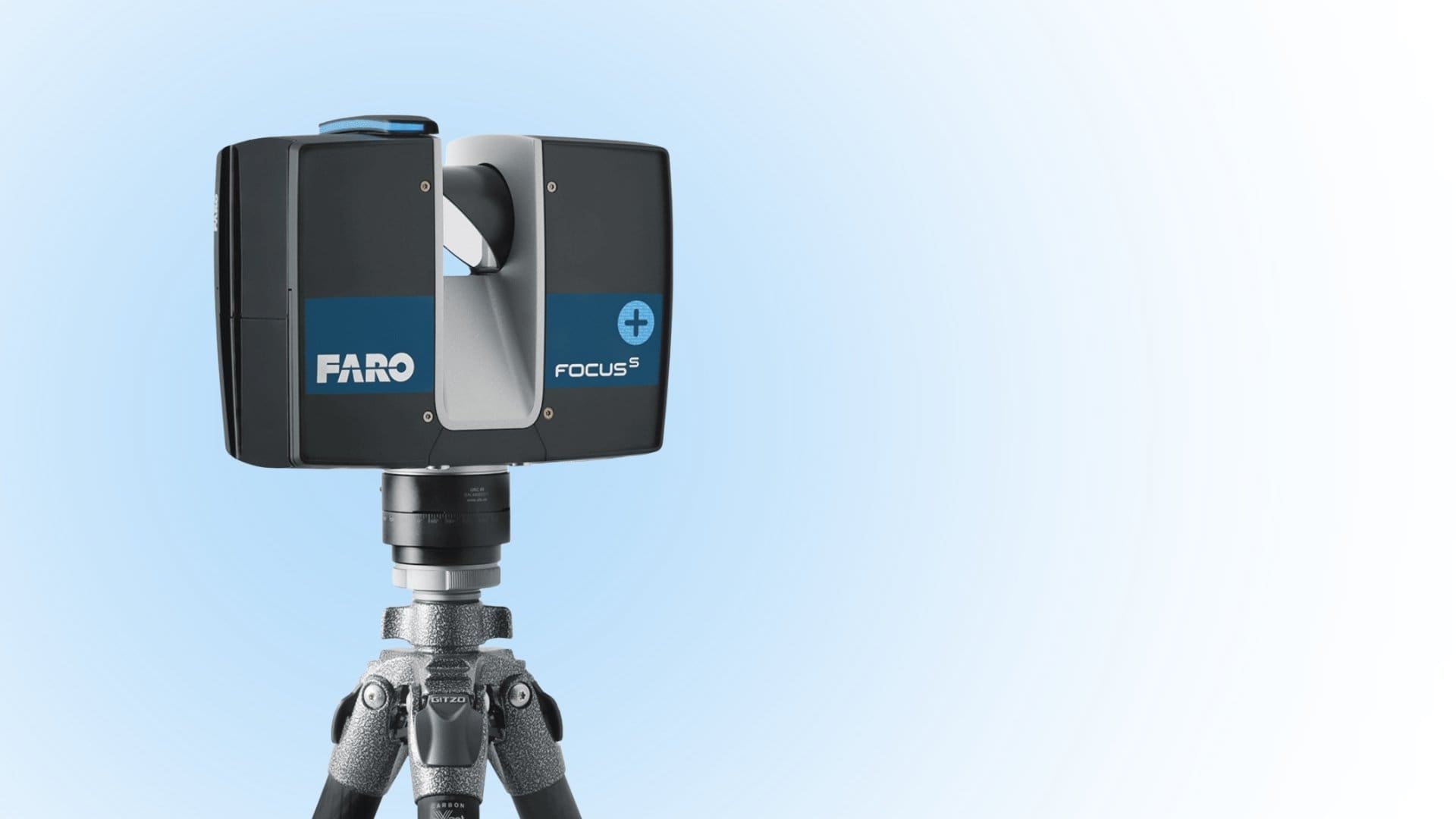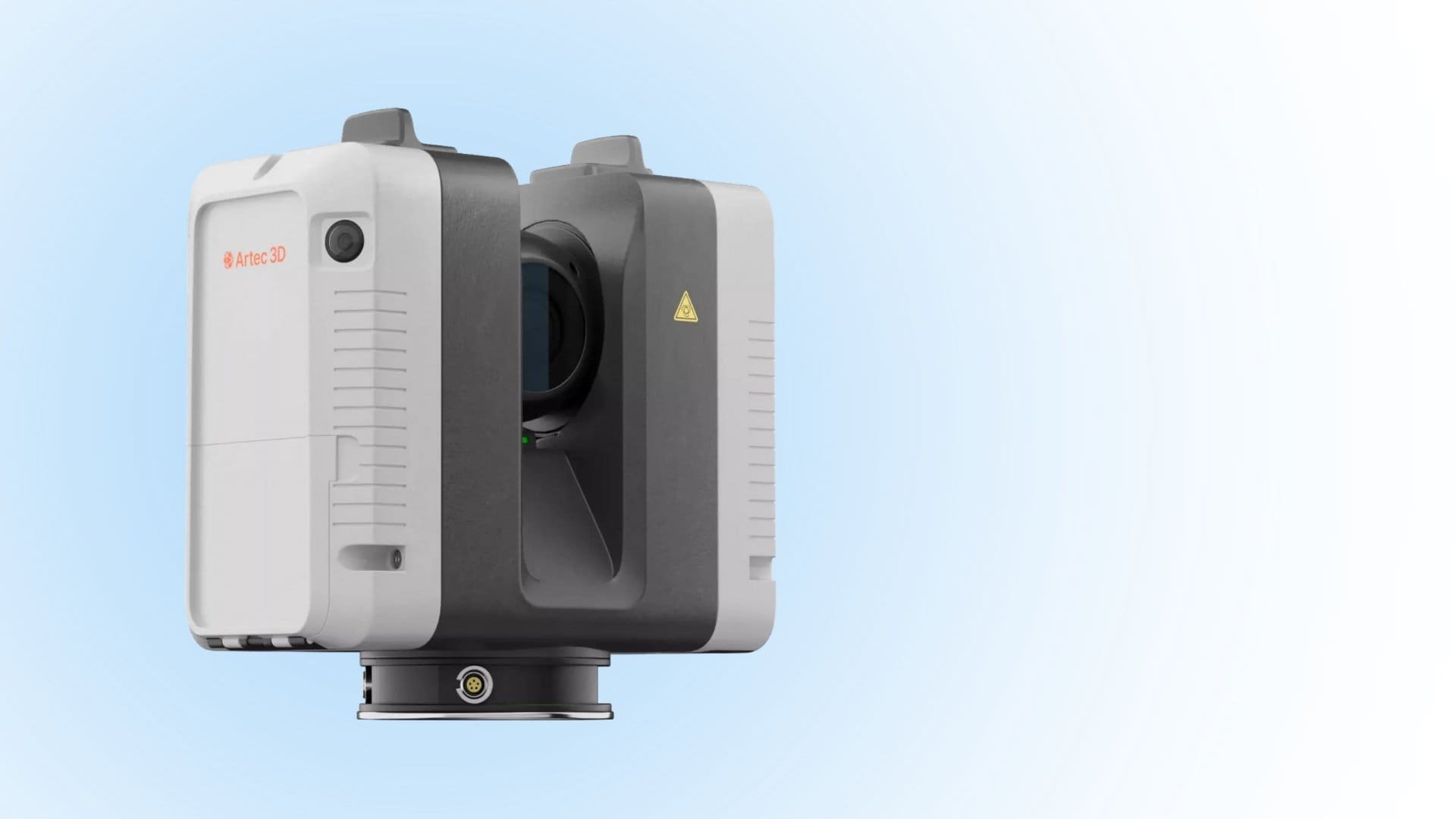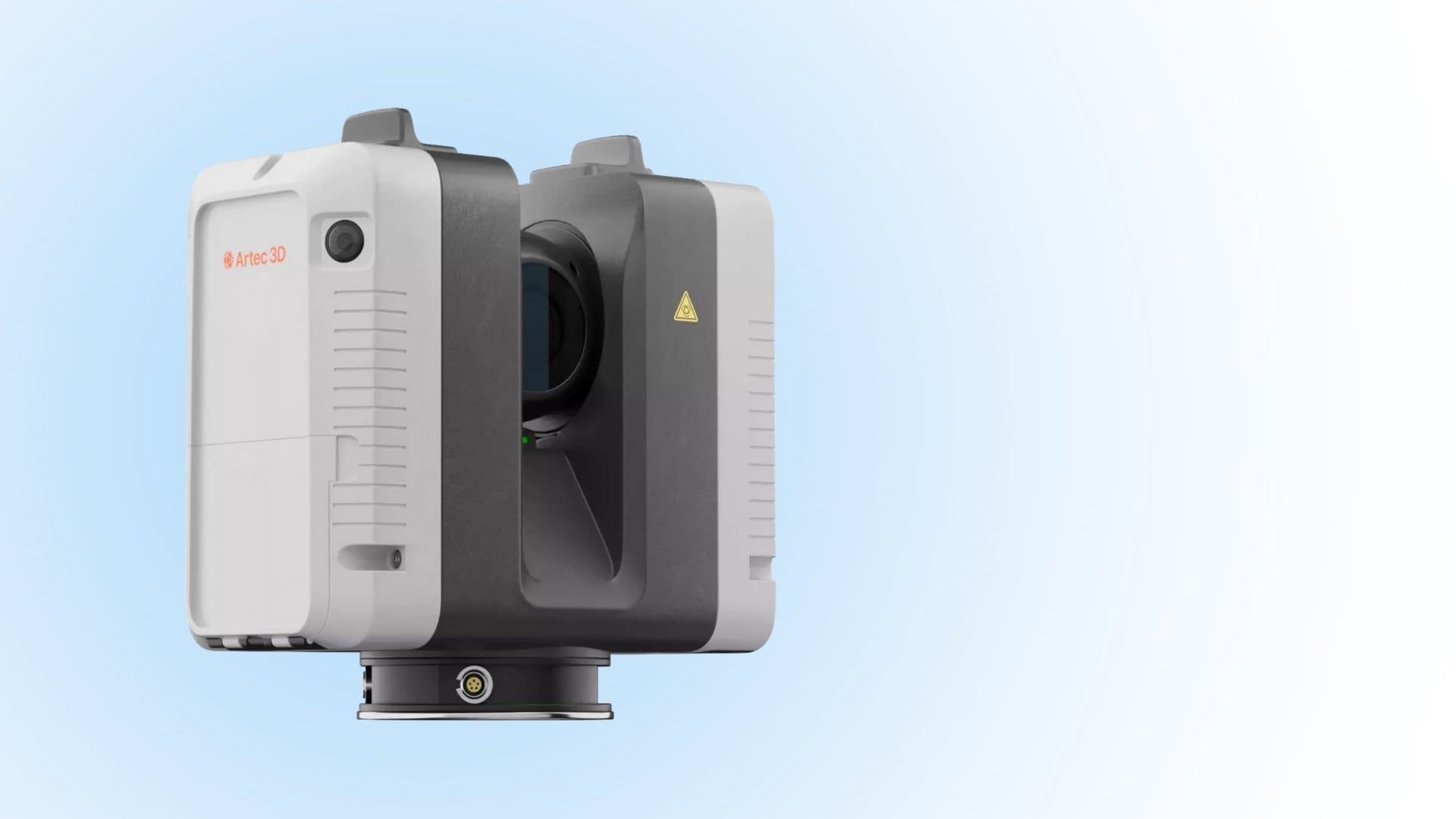
Long-Distance 3D Scanning for Infrastructure
Huge infrastructure projects present unique challenges that can only be addressed with advanced solutions like long-range 3D scanners. Whether it’s
The key difference between long-range and short-range scanners is the maximum distance at which they can capture data. Ordinarily, long-range 3D scanners do longer-distance scanning than short-range 3D scanners.
Your decision in choosing any of these devices will be based on several factors, like your occupation, the objects you hope to scan, and the place you intend to use the scanner. One of the key factors to consider in choosing a long-range scanner is what makes it more or less effective than a short-range scanner. Let’s dive into that here!
Like the name suggests, a long-range scanner has long-distance scanning capabilities, allowing you to capture data over an extended distance, including details of objects located several kilometers away. For example, you can use it to scan tall or wide structures at a construction site or in other sectors, like industrial design, architecture, landscape survey, aerospace, and civil engineering.
However, its capacity to capture accurate data from this distance depends on factors like the scanning environment, prevailing scanning conditions, its scanning technology, and calibration.
Essentially, a short-range scanner is the direct opposite of a long-range scanner, as it’s intended to capture data from close distances. Its maximum scan distance is just a few feet.
This scanner captures more detailed data, especially from small objects with minute points that must be captured. A close-range scanner is suitable for smaller projects like product development, archaeological conservation, and engineering.
Before you buy a landscape survey scanner, it’s a good idea to do a cost-benefit analysis of long-range 3D scanners to know if they’re a worthwhile investment compared to short-range scanners. Here are the main differences between these two types of scanners:
While a short-range scanner can only capture data within a few feet, a long-range scanner can extend several kilometers away. Depending on the scanning technology in use, both scanners will project either structured light or laser onto an object and form patterns that are translated by the built-in software to generate 3D models.
When the scanner shines light onto the object being scanned, the light bounces back at it, allowing it to measure the time taken to complete the process. This way, the scanner records the correct data about the object, including its outline, scope, and complexity.
A short-range scanner completes this process quickly because it has a short scanning distance to cover. However, the overall scanning speed of any 3D scanner is determined by the number of points it can capture per second.
Some long-range scanners can capture up to one million points per second (PPS), while short-range scanners, especially those that use laser beams or structured light technologies, can capture millions of PPS.
Applications and Types of Objects to Be Scanned
Again, short-range scanners can only scan objects accurately at close range. Therefore, they excel at scanning smaller objects like jewelry, product parts, dental models, shoes, tiny archaeological artifacts, and other elaborate items that require a detailed scan.
Long-range 3D scanners are good at scanning large objects because they can cover wide areas and long distances. Use them to scan architectural structures, vehicles, bridges, airplanes, expansive landscapes, and other bulky objects that can’t be moved around.
The best applications for long-range scanners include construction sites, surveying, manufacturing, and architecture, while short-range scanners can be applied in various sectors, including product design, medical imaging, manufacturing, and reverse engineering.
In 3D scanning, accuracy is subjective, based on many factors like calibration, scanning environment, and intricacies of the object being scanned. However, some scanners, especially the long-range models, can offer sub-millimeter precision.
This level of accuracy is best achieved in medium-range projects, like scanning bulky industrial equipment and automobiles. Short-range scanners, on the other hand, offer higher precision because of their close-range scanning capabilities, with level five micrometer precision.
Long-range and short-range 3D scanners vary in terms of the scanning range, scanning speed, level of accuracy, suitable applications, and types of objects to be scanned. Being aware of these variations makes your work easy when choosing a scanner for your project.
At Digitize Designs, we offer a variety of 3D scanning products that offer solutions personalized to your specific project needs. Our short-range and long-range 3D scanners have advanced features and functionalities for top performance!
3D Scanning & Metrology News, Press, Insights, Trends, Case Studies, and more.

Huge infrastructure projects present unique challenges that can only be addressed with advanced solutions like long-range 3D scanners. Whether it’s

Different long-range scanner brands offer varying features and capabilities; hence the need to understand the most crucial aspects of long-range

The key elements to consider in long-range 3D scanners include accuracy, scan speed, resolution, scanning mechanism, and ease of use.

The initial investment cost of acquiring long-range 3D scanners prevents many individuals and organizations from enjoying their numerous benefits. However,